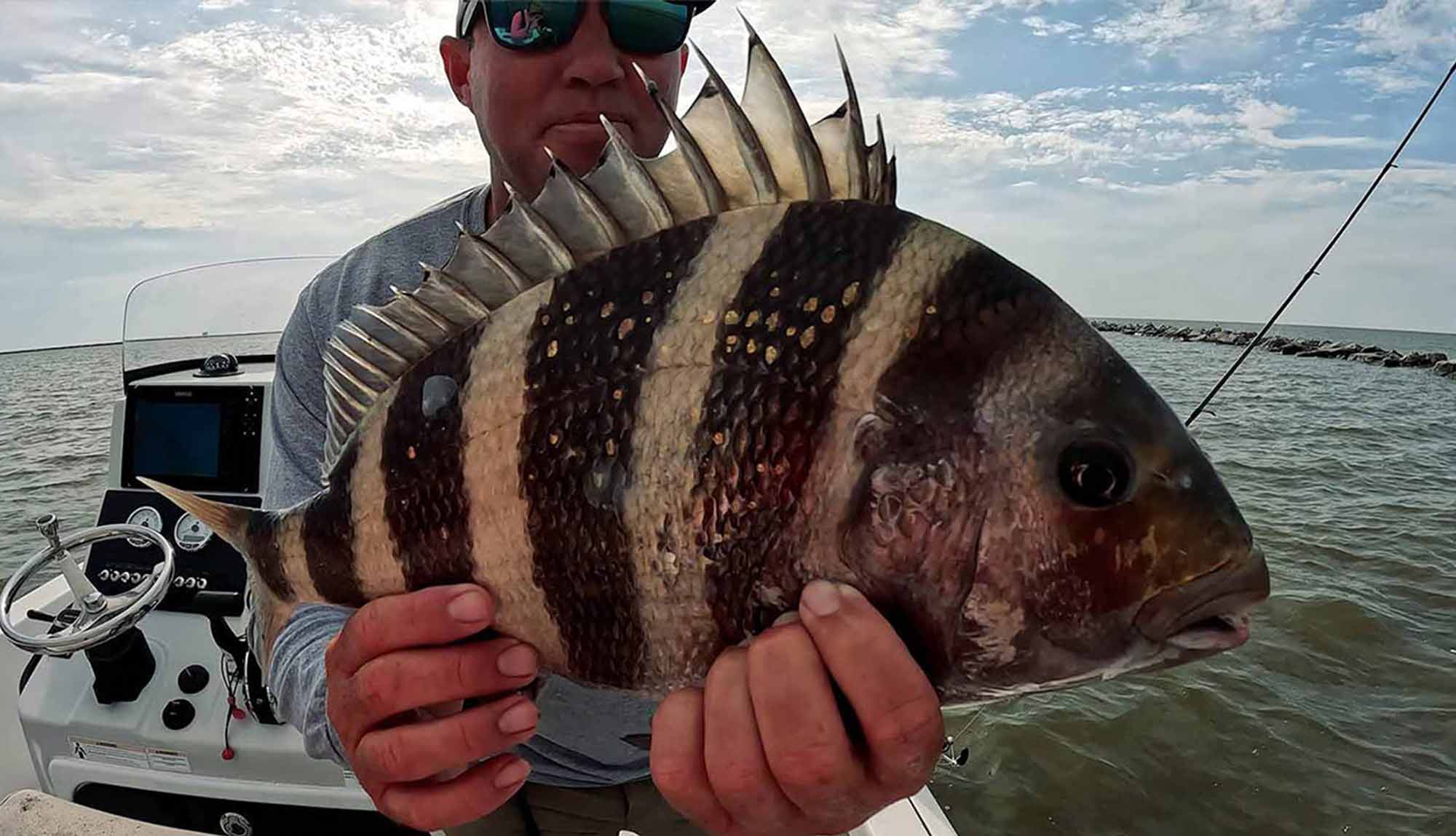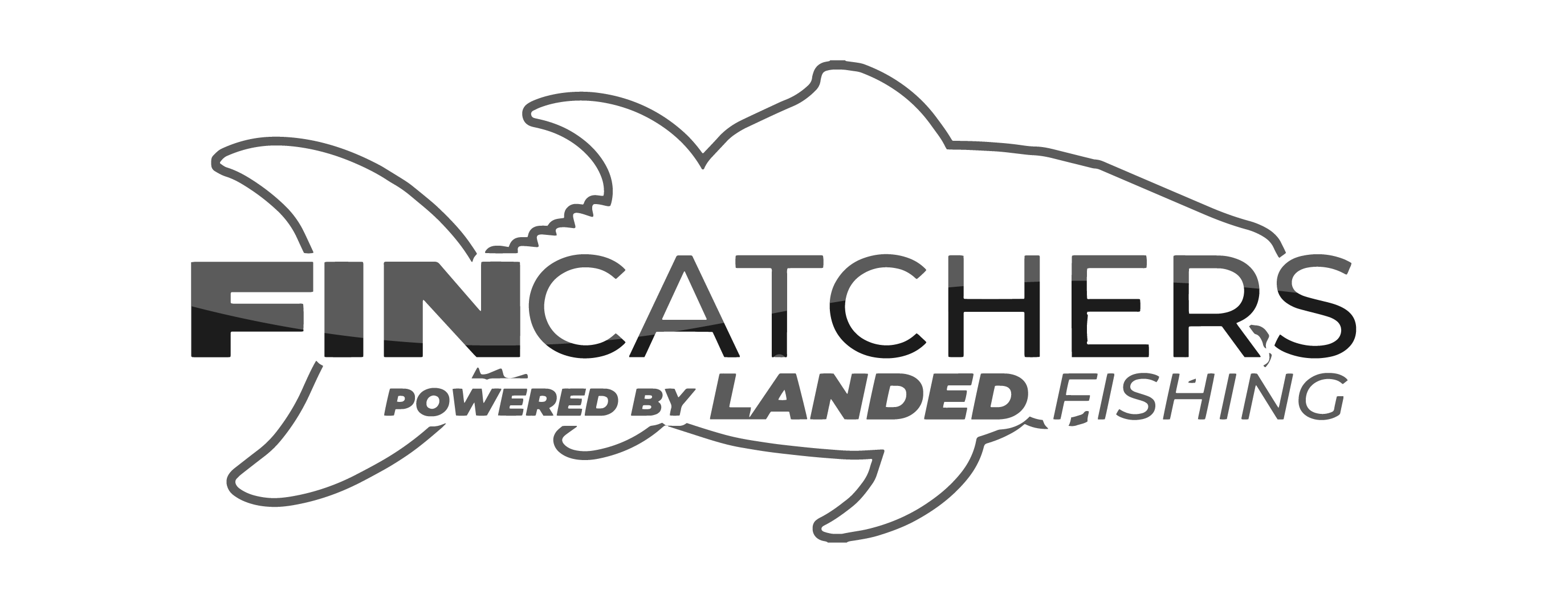

Catching Sheepshead Around the Gulf Coast: Strategies for Anglers
Sheepshead, often referred to as the “convict fish” due to their distinctive black and white stripes, are a popular target among saltwater anglers along the Gulf Coast. Not only are they known for their strong fight, but sheepshead are also prized for their delicious taste.
These fish are typically found around structures such as jetties, piers, docks, and oyster reefs, where they feed on crustaceans like fiddler crabs, barnacles, and oysters.
This article provides targeted advice for anglers looking to hook sheepshead, covering gear, best fishing spots, effective techniques, and conservation practices.
Fishing Gear for Sheepshead
When targeting sheepshead, the right gear is crucial for success.
A medium-light to medium-action rod paired with a spinning or baitcasting reel spooled with 10 to 20-pound test braided line offers the sensitivity and strength needed to feel the subtle bite of a sheepshead and wrestle them away from structures.
A fluorocarbon leader of 15 to 20 pounds is recommended due to its invisibility and abrasion resistance. Small, sharp hooks size 1 to 4 are best, as sheepshead have small mouths and strong, crusher-type teeth.
Best Fishing Spots
Sheepshead can be found around structures across the Gulf Coast, where they feed on the barnacles and small crustaceans that inhabit these areas:
- Texas: Look for sheepshead around the jetties of Galveston and Corpus Christi, as well as near the pilings of piers and docks along the coast.
- Louisiana: The brackish and saltwater environments around the Mississippi River Delta and the marshes provide excellent opportunities, especially around oil rigs and submerged structures.
- Mississippi and Alabama: Fish near the jetties and piers along the Mississippi Sound and Mobile Bay, where sheepshead congregate around the abundant structures.
- Florida: The Gulf Coast of Florida is dotted with sheepshead hotspots, from the panhandle’s oyster bars to the artificial reefs and bridges of Tampa Bay and the mangrove islands of the Ten Thousand Islands.
Effective Techniques
- Vertical Jigging: Drop your bait right next to the structure where sheepshead are feeding. A short, sharp jigging motion can entice bites from wary fish.
- Live Bait: Fiddler crabs, shrimp, and oysters are the best baits for sheepshead. Hook the bait through the back or leg socket and keep it close to the structure. A small weight may be used to keep the bait in the strike zone.
- Sight Fishing: In clear waters, especially around Florida’s flats and mangroves, sight fishing for sheepshead can be highly effective. Look for the distinctive black and white patterns and cast your bait close to the fish.
- Pilings and Structure: Focus your efforts around the base of pilings, docks, and other submerged structures. Sheepshead use these areas to scrape off barnacles and hunt for crustaceans.
While sheepshead populations are generally healthy, responsible fishing practices help ensure their sustainability. Adhere to local size and bag limits, practice catch and release with undersized or excess fish, and handle fish with care. Using circle hooks can reduce deep hooking, making it easier to release fish unharmed.
Conclusion
Catching sheepshead around the Gulf Coast requires a blend of the right gear, knowledge of where to find them, and the use of effective techniques. By focusing on areas with plenty of structure and presenting baits that mimic their natural diet, anglers can enjoy the challenge and reward of landing these unique and tasty fish.
